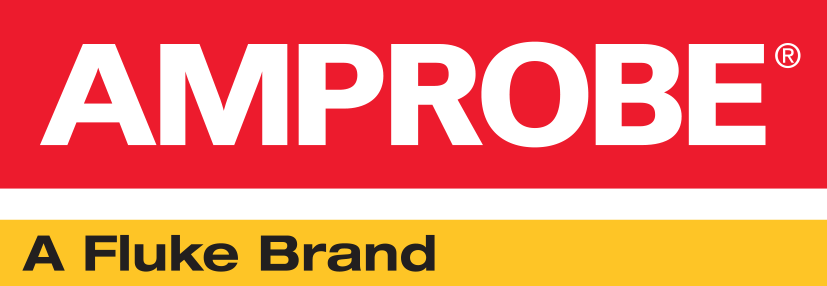Consequences of Striking Underground Infrastructure
Before breaking ground, you need accurate locations and depths of all underground utilities and services.
Installation of posts, advanced landscaping projects, expanding a highway, or deploying an electric circuit for new infrastructure will eventually need excavation. Companies must validate what is underground to avoid accidents, service disruptions, and provide safe conditions for their crews.
An unexpected utility strike can happen when:
- Installing a sign post
- Landscaping a residential and commercial area
- Constructing a multi-lane highway
- Designing, deploying and fixing underground power circuits
What causes accidents? Excavation is executed with tractors, pickaxes, or even shovels, but the real problem is inaccurate information for the location and depth of buried utilities.
- Incorrect depth estimation
- Excavate with the wrong depth, either due to issues with current plans or lack of information
- Come in contact with kV energized lines
- Overlapping electrical wires
- The intersection of two underground wires with different directions and different depths
- Unsure of which wire is energized
- Old circuit designs
- The underground circuit design has not been updated in a long time
- Contractor work impacts wires at directions and depths not reflected on site plans
- Ground faults/cable faults
- Ground faults due to degradation of the insulator create potential issues to people around the area
- Wire damages (faults) impact the cable’s resistance, leading to a voltage breakdown
All utility strikes can be dangerous and expensive. There is a clear need for a tool that will allow companies to accurately and safely locate underground utilities.
There are millions of miles of buried utilities beneath the ground that are vital to everyday living like water, electricity and natural gas. An accidentally damaged power, gas or water utility line that services hospitals, emergency call centers, or commercial and residential buildings can trigger legal and financial consequences. The majority of reported accidental damage to underground utilities happens due to wrong information or poor excavation practices and the technologies and type of equipment used.
- “811 DIG” is a national government service that connects people undertaking excavation works with owners of underground services.
- They also provide consulting services when surveying the area for underground utilities.
Companies provide inspection services through the 811 DIG program, with many proactively incorporating underground location services in their survey programs prior to excavating. Others operate as contractors providing consulting services for larger companies.
 US and Canada Reported Root Cause by Excavator Type
US and Canada Reported Root Cause by Excavator Type
From 2018 Analysis & Recommendations, Damage Information Reporting Tool (DIRT), Volume 15, p. 32, September 2019
Telecom and utilities industries are heavily impacted by accidents and damage to underground utilities. The numbers shown in the graph are considered reasonable given that most networks are underground, the majority of utility infrastructure is old, or are installations that have been added to older infrastructure. Half of the reported accidents or damage happen to critical services.
 US and Canada Reported Damages by Facility (2018)
US and Canada Reported Damages by Facility (2018)
From 2018 Analysis & Recommendations, Damage Information Reporting Tool (DIRT), Volume 15, p. 34, September 2019
 Keep your crew protected with the Amprobe UAT-600 Series Underground Utility Locators.
Keep your crew protected with the Amprobe UAT-600 Series Underground Utility Locators.
A CAT IV 600 V safety rating sets the UAT-600 Series apart from other underground locators, allowing crews to safely connect the Transmitter directly to an energized line up to 600 V in a CAT IV environment. Previously, if a crew needed to trace a specific electrical line by transmitting a signal through it, the line had to be de-energized first, adding time and reducing productivity.
